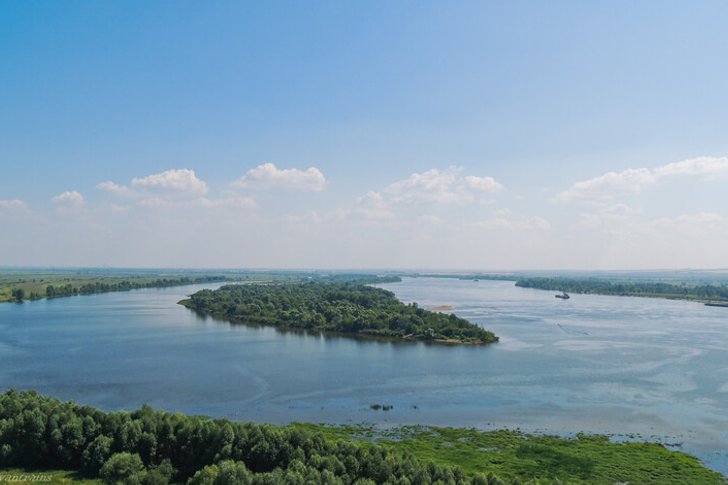Yelabuga is one of the oldest settlements in Tatarstan. This area is an excellent example of the architecture and structure of county towns in Russia. Yelabuga is associated with the names of several important historical figures, including the painter Shishkin, the poetess Tsvetaeva, and the female officer Durova. Tourists are waiting for memorial houses-museums opened in their honor.
In honor of the millennium of Yelabuga, restorers and architects have carried out extensive work to update the sights. New monuments appeared, including a majestic monument in memory of the founder of the city, Ibrahim I ben Muhammad. Shishkinskiye Ponds got a second life - a picturesque recreation area. Some architectural objects are still being restored, like the Kazan Bogoroditsky Monastery, but are already partially available for visiting.
What to see and where to go in Yelabuga?
The most interesting and beautiful places for walking. Photos and a short description.
- Yelabuga settlement
- Monument to Emir Ibrahim I bin Muhammad
- Spassky Cathedral
- Local history complex
- House-Museum of I. I. Shishkin
- Museum-estate of Nadezhda Durova
- Museum of County Medicine. V. M. Bekhtereva
- Memorial complex of Marina Tsvetaeva
- Museum Portomoinya
- Intercession Cathedral
- Elabuga Kazan-Bogoroditsky Monastery
- The building of the Yelabuga Institute
- Trinity Cemetery
- Shishkinskiye Ponds
- Kama river
Yelabuga settlement
The archaeological complex is the remains of the citadel, which served as a refuge for the ancient Bulgar tribe. Separate objects of the settlement were built in different centuries. For example, the fortress appeared in the XI century. Although the main tower collapsed in 1844, it was restored almost to its original form. The complex occupies 4 hectares and stands on a hill, so it offers a panoramic view of the city.
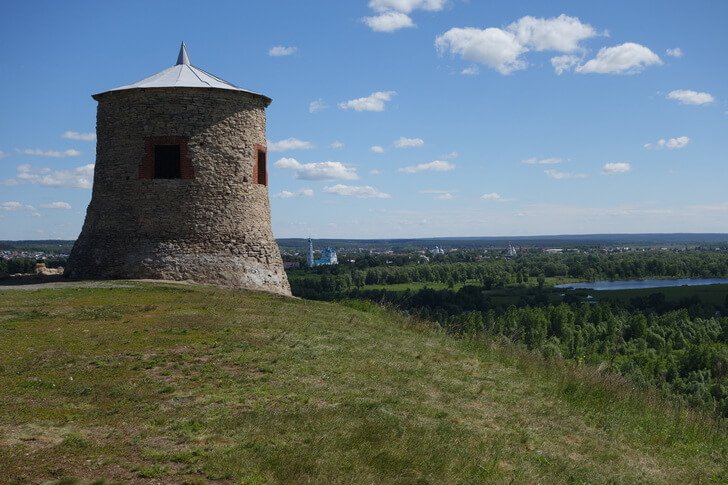
Monument to Emir Ibrahim I bin Muhammad
Established in 2007 near Yelabuga settlement. Ibrahim I ben Muhammad - the founder of the city. He is depicted on a horse in armor, and points towards Yelabuga with his hand. The sculptor M. Gasimov was responsible for the project. The man-made boulder-pedestal makes the 17-meter monument even higher, thanks to which it can be seen from different points of the district. Nearby there is a restaurant, stylized according to the traditions of the past.
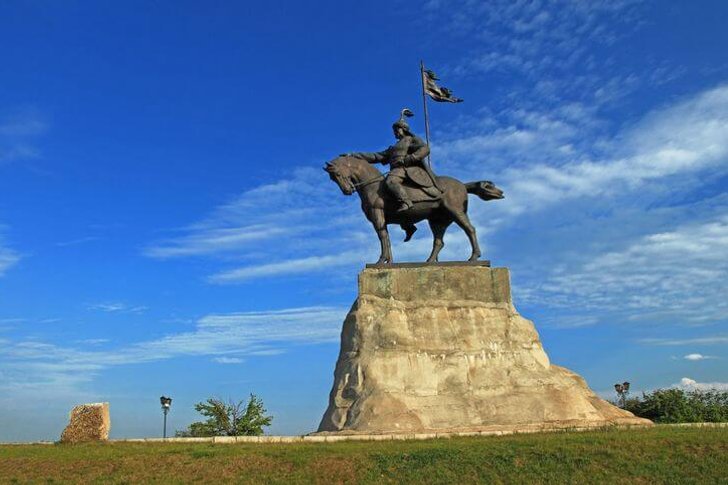
Spassky Cathedral
The symbol of the city was built on the embankment of Toyma at the beginning of the 19th century. The temple has 5 chapters, and its bell tower has a height of 57 meters. The first bell was cast by the grandfather of the artist Shishkin. At the time of the founding of the cathedral, the interior decoration was striking in the amount of gold and precious stones. After the revolution, the values were lost. Services began again in 2007. Every year a bell ringing festival is held here.

Local history complex
The opening of the complex in 2007 was timed to coincide with the celebration of the 1000th anniversary of Yelabuga. Main objects: Museum of the history of the city, living corner, Museum-theater "Traktir", exhibition hall, thematic interactive workshops. The building is a historical monument dating back to the 60s of the last century. Tourists are offered to make souvenirs themselves in memory of visiting the complex or buy ready-made ones for a small fee.

House-Museum of I. I. Shishkin
The world famous artist was born and raised in Yelabuga. He glorified his small homeland, for which he was awarded the museum in 1975. The collection is located in the house where he lived. And the mansion was built in 1836 by Shishkin's father, a merchant, a native of an ancient Vyatka family. Two floors are filled with personal belongings of craftsmen, documentary evidence of the era, interiors of the 19th century have been restored in the rooms.

Museum-estate of Nadezhda Durova
It is located in the city center and is dedicated to the first female officer in Russia. It is located in the house where Nadezhda Durova spent the last years of her life. She participated in the Battle of Borodino, and also proved herself in the field of literature. Details of Durova's biography are reflected in the museum collection. The exposition consists of personal belongings, uniforms, drafts, models, weapons. All outbuildings of the estate have been restored.
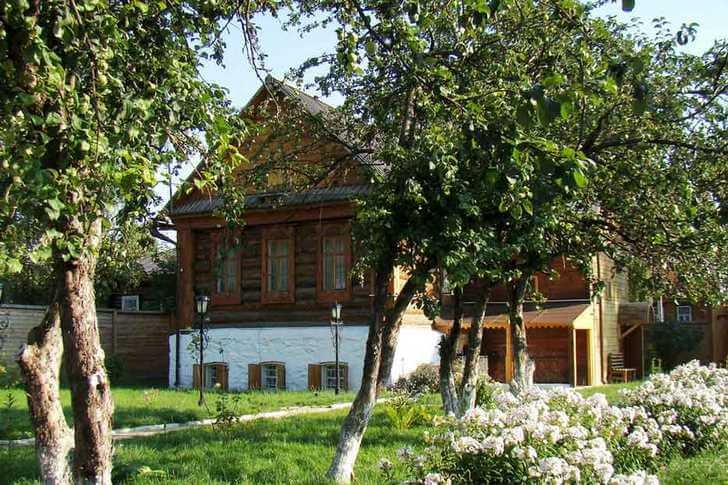
Museum of County Medicine. V. M. Bekhtereva
The exposition occupies the building of the former zemstvo hospital. The museum has been welcoming visitors since 2007. The purpose of the large exhibition is to tell about the development of medicine in the region. The collection contains original books and articles published during the lifetime of V. Bekhterev, an academician, a specialist in many fields of medicine, including physiology and psychology. A square is laid out around, in its center a monument to Bekhterev is erected.

Memorial complex of Marina Tsvetaeva
It is located in the historical part of the city next to the house where the poetess died. A small memorial square appeared in Yelabuga in 2002. A few years later, the house itself was bought and restored. There is a small museum here. In addition, the complex includes: a literary museum, the Portomoynya Museum, the Peter and Paul Cemetery, the Pokrovsky Cathedral, the Silver Age library and cafe.

Museum "Portomoinya"
The former city laundry became a museum after restoration in 2009. In the past, residents of Yelabuga came here to wash their linen, since there were no conditions for this in their homes. They even recreated a special gutter for water drainage in the yard. I used the services of "Portomoyni" and Tsvetaeva. The museum is located next to the house where she died, and is part of the memorial complex dedicated to the poetess.

Intercession Cathedral
Erected in 1820 next to the stone chapel - the oldest building in the city. In the architectural style, elements of the late Baroque are clearly blamed. The cathedral was closed from the 30s to the end of the 80s of the last century. In 1990, with the blessing of the patriarch, the funeral service for Marina Tsvetaeva was held here. Since then, a memorial service has been served in her memory every year. Some of the church bells were cast at a local factory.
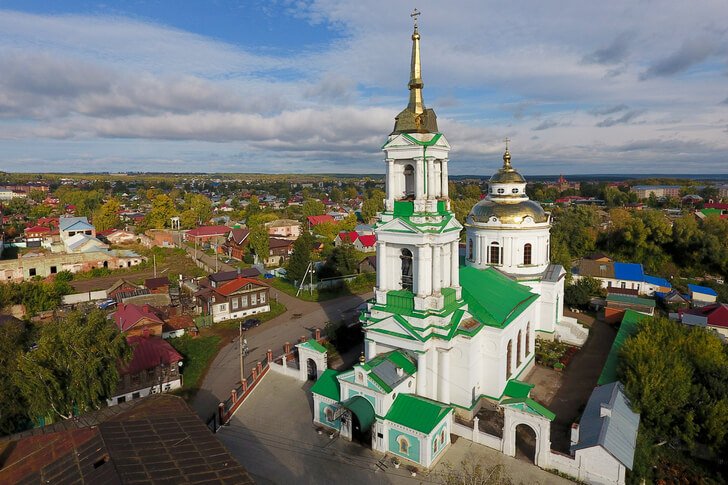
Elabuga Kazan-Bogoroditsky Monastery
Before the revolution, this monastery was the largest in the region. It was founded in 1868 and systematically developed until the revolution. The buildings of the monastery were dismantled into bricks for city buildings. In the 40s, a camp for prisoners of war was organized in the surviving premises. In 1995, a restoration began, which continues to this day. A church in the name of the Kazan Icon of the Mother of God has already been built, where services have been conducted since 2012.
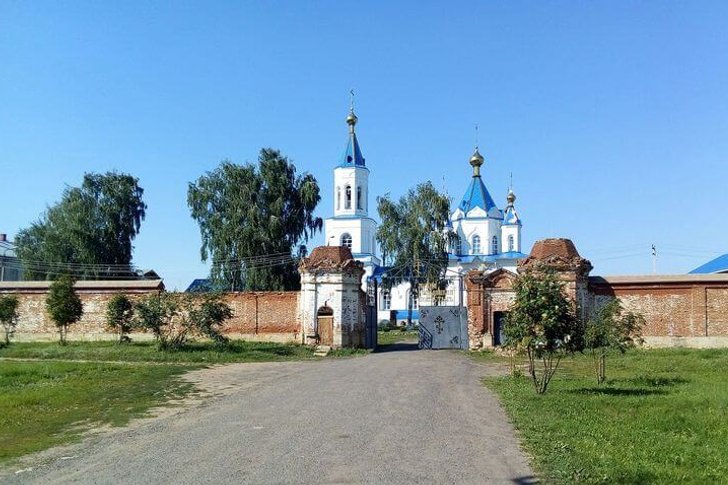
The building of the Yelabuga Institute
Vyatka architect Ivan Charushin created the project in 1903. The construction of a three-story building for the Diocesan Women's School was paid for by a local merchant's wife. During the laying of the foundation of the waters, each corner was laid with a gold coin to attract good luck. Gradually, the educational institution changed its profile and began to produce the best teaching staff of the republic. In 2003, a monument to the writer D. Stakheev was unveiled at the entrance.

Trinity Cemetery
Located in the central part of the city. Founded by decree of Catherine II in 1770. Prominent residents of Yelabuga were buried here. After the revolution, the territory of the cemetery was given for construction. Only a part of it was saved. Several dilapidated necropolises and the foundation of the church survived. The equestrian monument to N. Durova, the first female officer, hero of the 19812 war, stands out especially against their background.
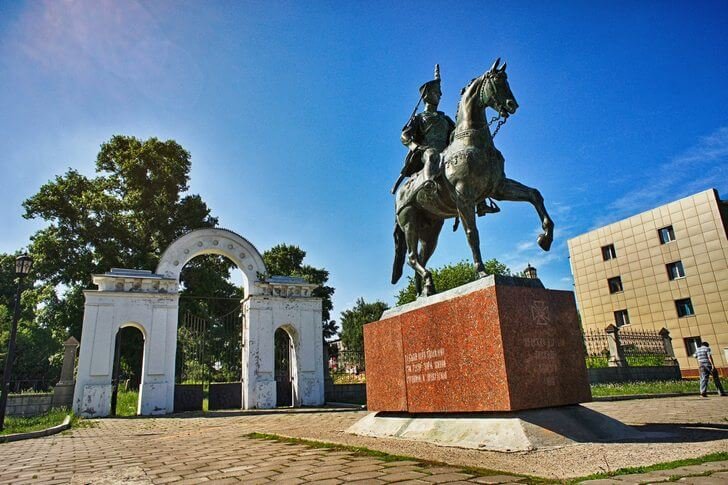
Shishkinskiye Ponds
The most picturesque attraction of Yelabuga. The following objects are united under one name: the Shishkin nursery, the Staheev embankment and the Ushakov square. The territory for the rest of the townspeople was ennobled in the 30s of the XIX century. By 2007, a planned reconstruction of the tourist and recreational zone was carried out. Among other things, paths and carved bridges appeared, ponds were cleaned, fountains were clogged from them.
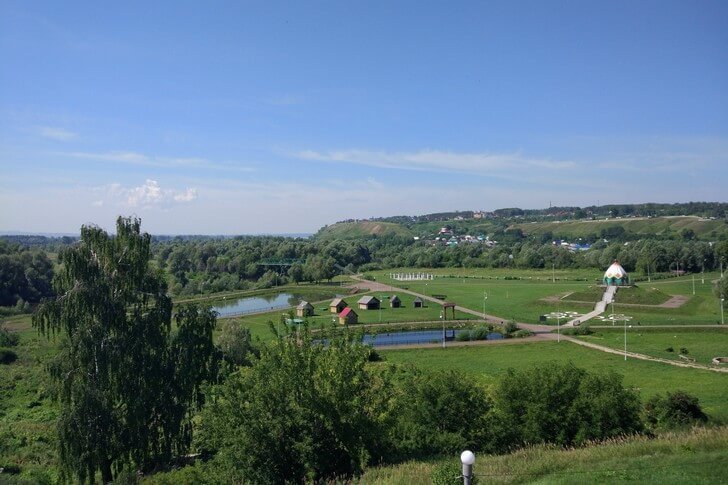
Kama river
Yelabuga stands on the high bank of the Kama. At this point, Toima flows into it. The water artery is of great economic and tourist importance for the city. Vessels sail here, there are areas for swimming and fishing. In the spring it floods heavily, so that the city beach is completely hidden under water almost every year. The best view of the Kama comes from the hill on which the Yelabuga settlement was built.
